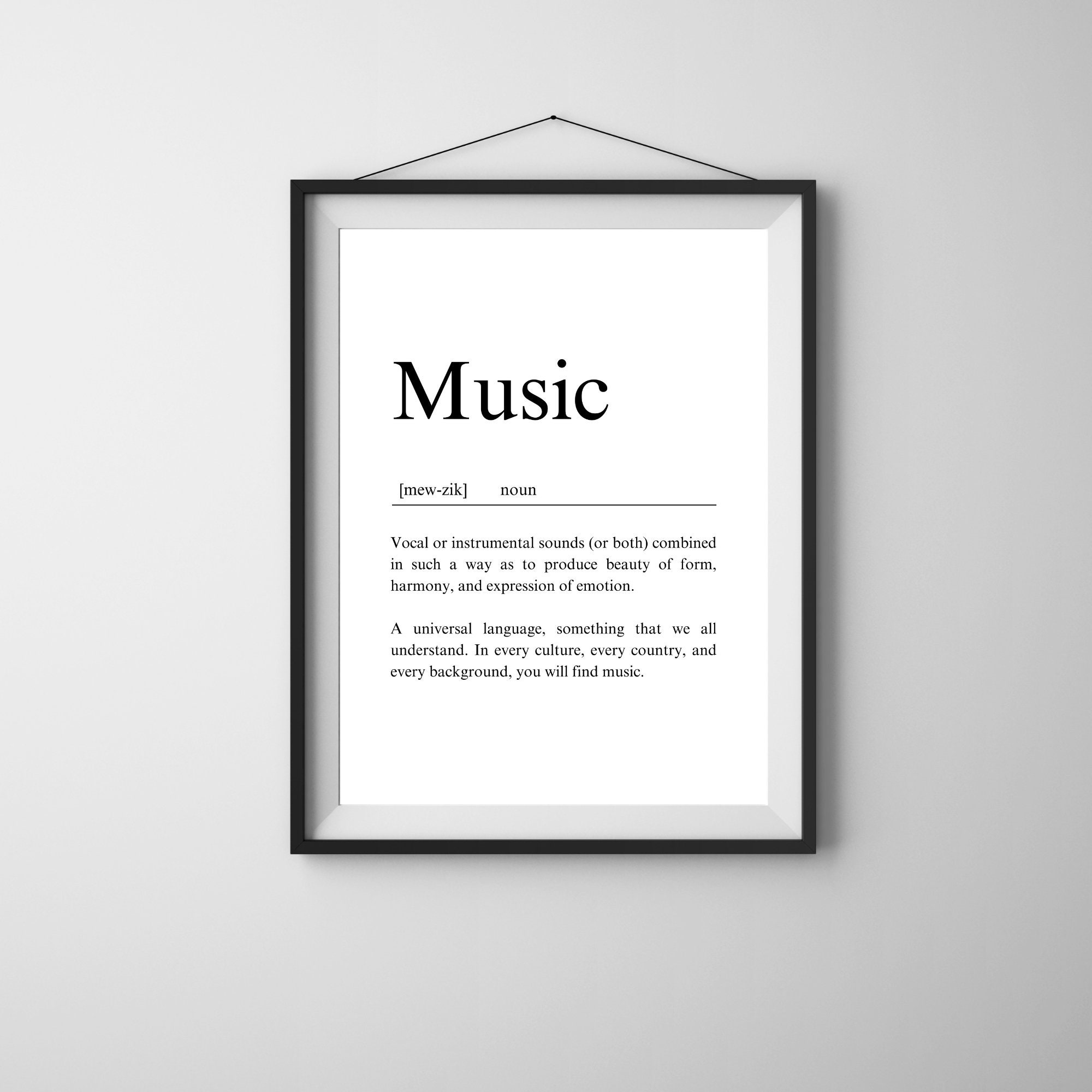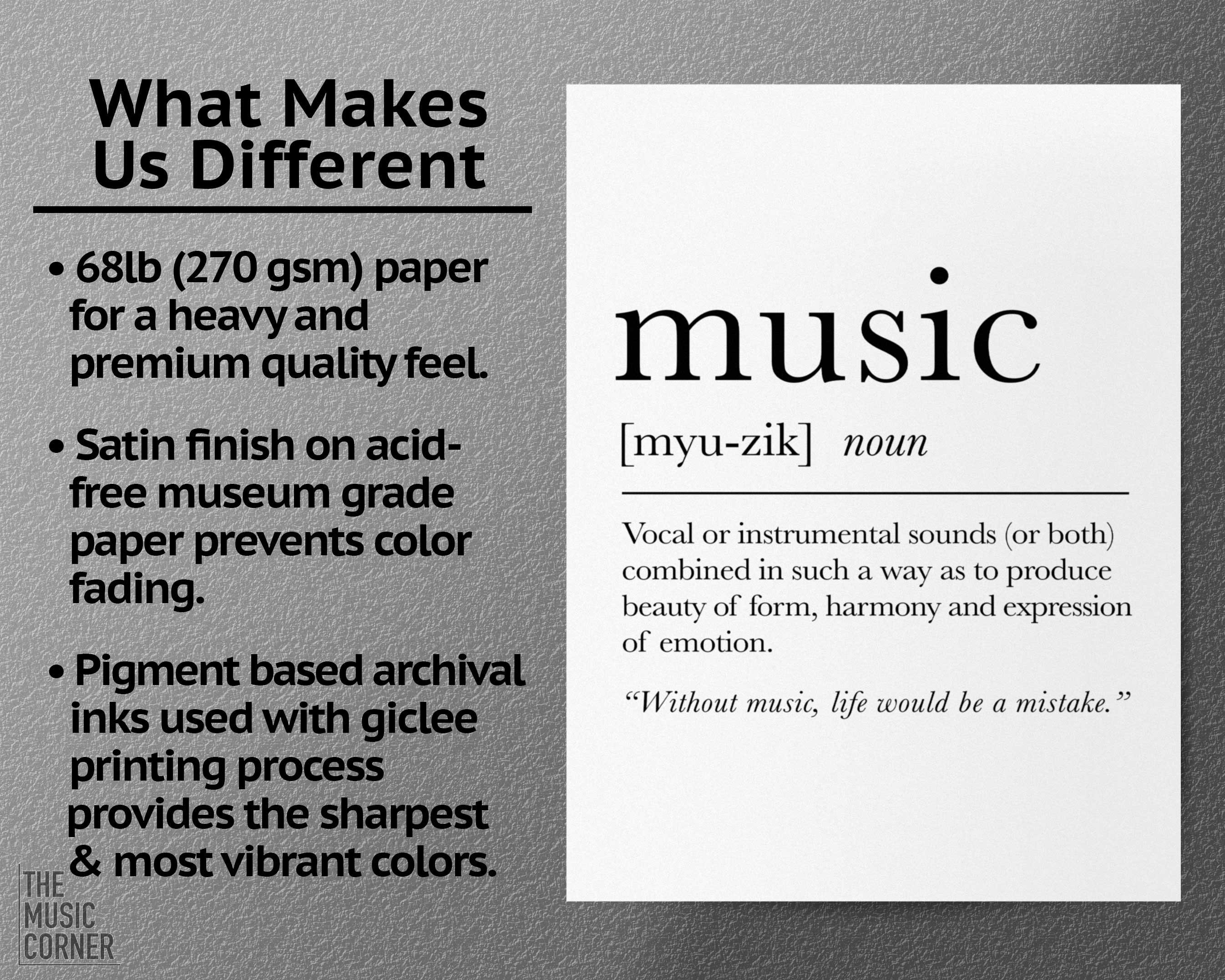R&B Music Definition: Exploring The Heart And Soul Of A Genre
What is R&B music? It’s more than just a genre; it’s a feeling, an expression, a vibe that speaks directly to your soul. R&B, short for Rhythm and Blues, has been around for decades, evolving and adapting with the times while staying true to its core essence. Whether you’re a die-hard fan or just discovering the genre, this article dives deep into what makes R&B music so special.
R&B music has a rich history that dates back to the early 20th century. It’s a genre that has seen countless transformations, from its roots in blues and jazz to the modern sounds we hear today. But what exactly defines R&B music? Is it the smooth vocals, the soulful melodies, or the emotional lyrics? Let’s find out.
In this article, we’ll explore the definition of R&B music, its evolution over the years, and why it continues to resonate with listeners across generations. So grab your headphones, hit play on your favorite R&B track, and let’s dive in!
- How Tall Is Actor Neil Flynn A Comprehensive Guide To The Actors Height And Career
- Anna Lynne Mccord The Star Who Stole Hearts With Her Talent And Resilience
Table of Contents
- The History of R&B Music
- What Exactly is R&B Music?
- The Evolution of R&B Over the Years
- Different Styles of R&B Music
- R&B’s Influence on Popular Music
- Iconic R&B Artists You Should Know
- Modern R&B: A New Era
- The Role of Production in R&B
- The Power of R&B Lyrics
- The Future of R&B Music
The History of R&B Music
Let’s rewind the clock and take a trip back to the birth of R&B music. In the 1940s, R&B emerged as a fusion of blues, jazz, and gospel, creating a sound that was both raw and refined. It was originally referred to as "race music," but by the late 1940s, the term Rhythm and Blues gained popularity. This era saw legends like Ray Charles and Sam Cooke laying the foundation for what R&B would become.
From Blues to R&B
R&B music borrowed heavily from blues, incorporating soulful vocals and emotional storytelling. The key difference, though, was the addition of a more upbeat rhythm, making it perfect for dancing. This shift was crucial in bringing R&B to the mainstream, where it quickly became a staple of radio playlists.
- Does Lauren London Have A Sister Uncovering The Truth About Her Family
- Damon Wayans Jr Height The Inside Scoop On The Stars Measurements And Career
As the decades rolled on, R&B continued to evolve, blending with other genres like funk, soul, and even hip-hop. Each era brought something new to the table, keeping the genre fresh and exciting. But no matter how much it changed, the heart and soul of R&B music remained intact.
What Exactly is R&B Music?
Defining R&B music isn’t as straightforward as it might seem. At its core, R&B is all about expressing emotions through music. It’s a genre that emphasizes vocal technique, intricate melodies, and heartfelt lyrics. But beyond that, R&B is about connection—connecting with the listener on a personal level.
Key Characteristics of R&B
- Soulful Vocals: R&B artists are known for their powerful and emotive singing styles. Think Whitney Houston, Aretha Franklin, or Beyoncé.
- Complex Rhythms: The "Rhythm" in R&B comes from the intricate drum patterns and grooves that drive the music forward.
- Emotional Lyrics: R&B lyrics often explore themes of love, heartbreak, and personal struggles, making them relatable to a wide audience.
- Instrumentation: From pianos and guitars to synthesizers and electronic beats, R&B music uses a wide range of instruments to create its signature sound.
So, when you hear someone say "this is R&B," they’re not just talking about a genre—they’re talking about a musical experience that touches your heart and soul.
The Evolution of R&B Over the Years
R&B music hasn’t stayed the same since its inception. It’s gone through waves of change, adapting to the cultural and musical landscapes of each era. From the Motown sound of the 60s to the neo-soul movement of the 90s, R&B has consistently reinvented itself.
The 1960s: The Motown Era
The 60s saw the rise of Motown Records, which brought R&B music to the forefront of popular culture. Artists like The Supremes, Marvin Gaye, and Stevie Wonder became household names, thanks to their catchy tunes and timeless lyrics.
The 1990s: Neo-Soul and Beyond
Fast forward to the 90s, and R&B was experiencing a renaissance with the emergence of neo-soul. Artists like D’Angelo, Erykah Badu, and Lauryn Hill brought a new level of sophistication to the genre, blending R&B with elements of jazz and hip-hop.
Today, R&B continues to evolve, incorporating influences from EDM, pop, and even rock. The genre’s ability to adapt and innovate is one of the reasons it remains so relevant.
Different Styles of R&B Music
Not all R&B music sounds the same. Over the years, the genre has branched out into various subgenres, each with its own unique sound and style. Let’s take a look at some of the most popular R&B styles.
Traditional R&B
Traditional R&B, often referred to as classic R&B, is characterized by its soulful vocals and bluesy undertones. Think artists like Etta James and Otis Redding.
Contemporary R&B
Contemporary R&B emerged in the 80s and 90s, blending traditional R&B with elements of pop, hip-hop, and electronic music. Artists like Usher, Mary J. Blige, and R. Kelly helped define this era.
Neo-Soul
Neo-soul is a subgenre of R&B that emphasizes artistic expression and experimentation. It often incorporates elements of jazz, funk, and soul, creating a sound that’s both modern and timeless.
R&B’s Influence on Popular Music
R&B music has had a profound impact on the music industry as a whole. Its influence can be seen in countless genres, from pop to hip-hop. Many of today’s biggest stars, including Drake, The Weeknd, and Ariana Grande, have cited R&B as a major influence on their music.
R&B and Hip-Hop
The relationship between R&B and hip-hop is particularly strong. The two genres often overlap, with many artists blending elements of both to create a unique sound. This fusion has led to some of the most iconic songs of the past few decades.
R&B’s influence extends beyond just music, too. It’s had a significant impact on fashion, dance, and even language. The genre’s ability to shape and reflect cultural trends is a testament to its enduring legacy.
Iconic R&B Artists You Should Know
No discussion of R&B music would be complete without mentioning the legendary artists who’ve helped define the genre. From the pioneers of the 40s to the chart-topping stars of today, these artists have left an indelible mark on the world of music.
Legendary R&B Artists
- Ray Charles: Often referred to as "The Genius," Ray Charles revolutionized R&B with his soulful voice and innovative approach to music.
- Aretha Franklin: Known as the "Queen of Soul," Aretha’s powerful voice and commanding presence made her a force to be reckoned with.
- Whitney Houston: With hits like "I Will Always Love You," Whitney became one of the most successful R&B artists of all time.
Modern R&B Stars
- Beyoncé: A true icon in the world of R&B, Beyoncé continues to push the boundaries of the genre with her innovative music and stunning performances.
- The Weeknd: Known for his dark, moody sound, The Weeknd has become one of the biggest names in modern R&B.
- H.E.R: With her soulful voice and heartfelt lyrics, H.E.R is leading the charge for a new generation of R&B artists.
Modern R&B: A New Era
The R&B music of today is a far cry from its early days. It’s a genre that’s constantly evolving, incorporating new sounds and technologies to create something fresh and exciting. But despite these changes, the core essence of R&B remains the same—connecting with listeners on an emotional level.
The Role of Technology
Technology has played a huge role in shaping modern R&B. Advances in production techniques and digital tools have allowed artists to experiment with new sounds and styles. This has led to a more diverse and dynamic R&B landscape.
Global Influence
R&B music has also become more global in recent years, with artists from all over the world contributing to the genre. This international influence has brought new perspectives and sounds to R&B, making it more diverse than ever before.
The Role of Production in R&B
Production is a crucial element of R&B music. The way a track is produced can make or break its success. From the arrangement of instruments to the use of effects and samples, every detail matters.
Key Production Techniques
- Layering: Many R&B tracks use layering to create depth and complexity in the sound.
- Sampling: Sampling has been a staple of R&B production for decades, allowing artists to incorporate classic sounds into their music.
- Automation: Automation is used to add dynamics and movement to R&B tracks, keeping listeners engaged from start to finish.
Great production can elevate a good song to greatness, and R&B artists know this all too well. They work closely with producers to ensure their music sounds as polished and professional as possible.
The Power of R&B Lyrics
Lyrics are the heart of R&B music. They’re what make the genre so relatable and emotionally resonant. Whether they’re about love, heartbreak, or personal growth, R&B lyrics have a way of speaking directly to the listener’s soul.
Themes in R&B Lyrics
- Love: Love is a recurring theme in R&B music, with countless songs exploring the highs and lows of romantic relationships.
- Heartbreak: Heartbreak is another common theme, with artists pouring their pain and vulnerability into their lyrics.
- Empowerment: Many modern R&B songs focus on themes of empowerment and self-worth, encouraging listeners to embrace their true selves.
Great R&B lyrics have the power to move people, inspire them, and even change their lives. That’s why they’re such an important part of the genre.
The Future of R&B Music
So, what does the future hold for R&B music? With new technologies emerging and global influences growing stronger, the possibilities are endless. We can expect to see even more experimentation and innovation in the years to come.
Predictions for the Future
- More Collaboration: As R&B continues to cross over into other genres, we’ll likely see more collaborations between R&B artists and those from other musical backgrounds.
- Increased Diversity: The global influence on R&B will continue to grow, bringing new sounds and perspectives to the genre.
- Advancements in Technology: As technology evolves, so too will the way R&B music is produced and consumed.
One thing’s for sure—R&B music will continue to evolve, adapt, and thrive, just as it always has. And as long as there are



Detail Author:
- Name : Winona Torp
- Username : lauriane.krajcik
- Email : kovacek.narciso@dietrich.com
- Birthdate : 1994-04-27
- Address : 66849 Bogisich Manor Providencichester, KS 95028
- Phone : 1-458-589-4845
- Company : West, Ziemann and Mraz
- Job : Fitter
- Bio : Quia sit illum sed ullam nostrum earum nostrum. Autem accusantium ratione ipsam deserunt facilis in. Et qui tempore iusto dolorem rem enim.
Socials
tiktok:
- url : https://tiktok.com/@lcollins
- username : lcollins
- bio : Et sunt autem assumenda quaerat vero sed et.
- followers : 1791
- following : 2469
facebook:
- url : https://facebook.com/collinsl
- username : collinsl
- bio : Iusto adipisci id consequatur reiciendis.
- followers : 1827
- following : 111
instagram:
- url : https://instagram.com/collins2018
- username : collins2018
- bio : Magnam placeat ipsum sit sunt est quae sed. Illo sunt dolores voluptas. Sed dolor explicabo ut sed.
- followers : 6537
- following : 2561
twitter:
- url : https://twitter.com/louisa.collins
- username : louisa.collins
- bio : Quis et quasi magnam reiciendis voluptas enim vel. Id rerum sit unde.
- followers : 1306
- following : 2995